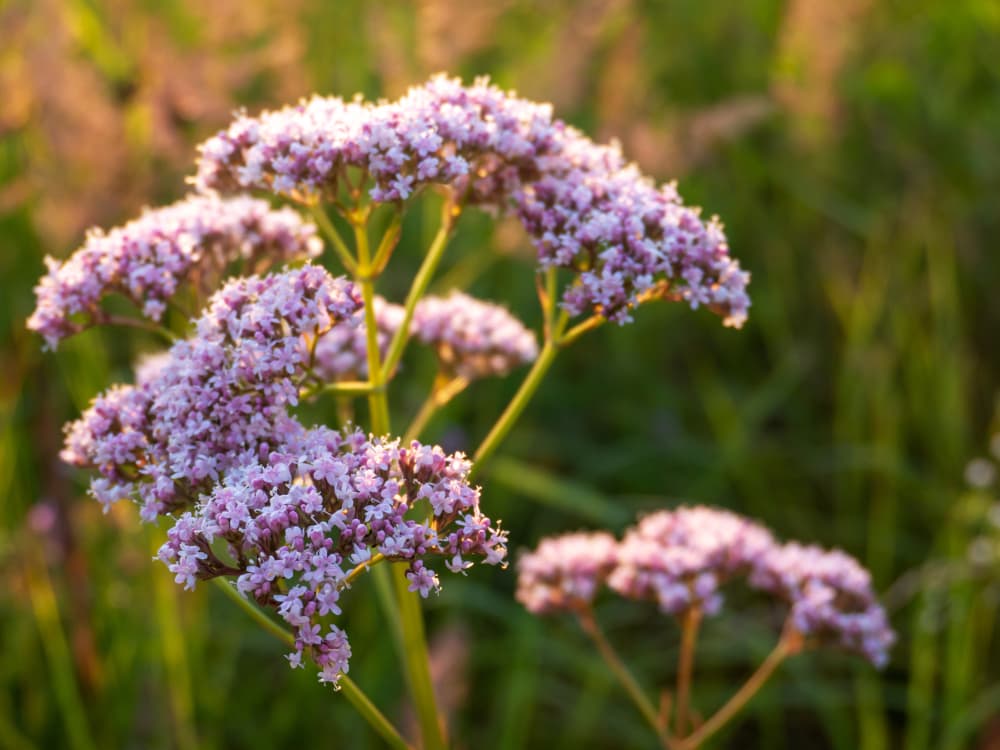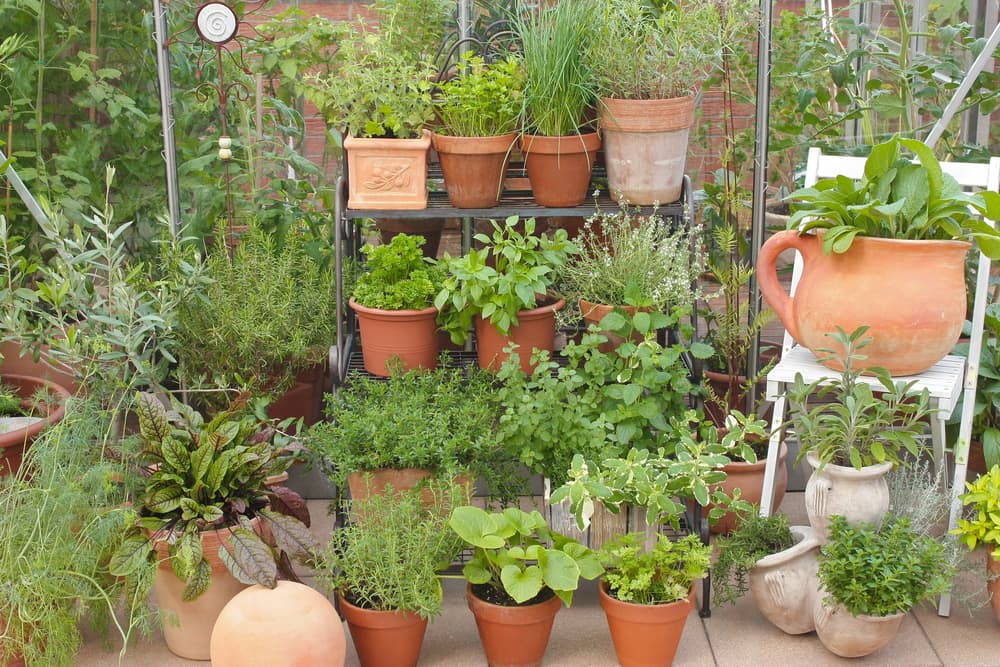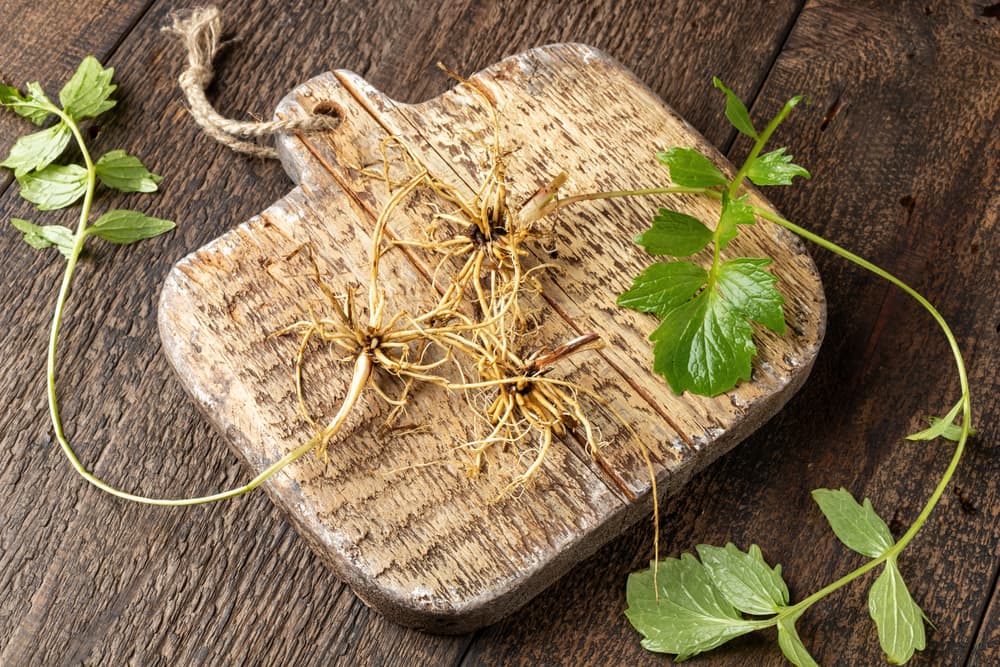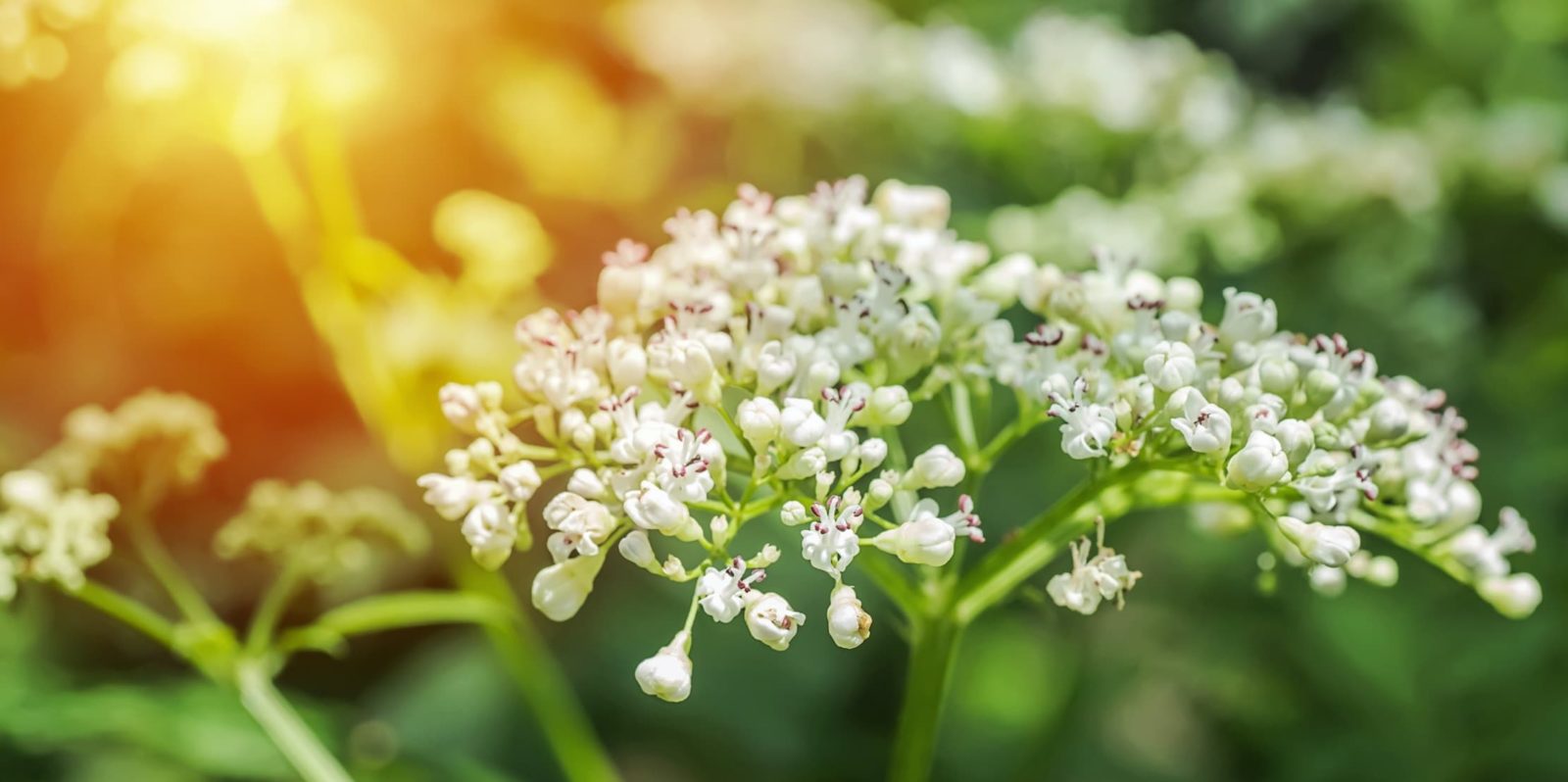
Elizabeth is a Permaculture Garden Designer, Sustainability Consultant and Professional Writer, working as an advocate for positive change. She graduated from the University of St. Andrews with an MA in English and Philosophy and obtained a Diploma in Applied Permaculture Design from the Permaculture Association.
Reviewed By COLIN SKELLY

Colin is a Horticulturist and Horticultural Consultant with experience in a range of practical and managerial roles across heritage, commercial and public horticulture. He holds the Royal Horticultural Society’s Master of Horticulture award and has a particular interest in horticultural ecology and naturalistic planting for habitat and climate resilience.
Common Valerian can be a great perennial to grow in a UK garden.
Common Valerian is a herbaceous perennial native to Eurasia.1Valerian officinalis, Common Valerian: identification, distribution, habitat. (n.d.). First Nature. Retrieved March 27, 2023, from https://www.first-nature.com/flowers/valeriana-officinalis.php
It forms upright plants around 1.5m tall, and bears round clusters of small white or pink flowers in summer.
Overview
| Botanical Name | Valeriana officinalis |
| Common Name(s) | Valerian, St George’s Herb, All-Heal, Cat’s Valerian |
| Plant Type | Herbaceous Perennial |
| Native Area | Eurasia |
| Hardiness Rating | H4 |
| Foliage | Deciduous |
| Flowers | Small white or pink flowers |
| When To Sow Indoors | March |
| Plant Out | April, May |
| Flowering Months | June, July, August |
| When To Prune | February, March |
| Deadheading Months | July, August |
Sunlight
Preferred
Full Sun or Dappled Shade
Exposure
Sheltered or Exposed
Size
Height
1 – 1.5M
Spread
0.5 – 1M
Bloom Time
June – August
Soil
Preferred
Most soil types
Moisture
Moist but well-drained
pH
Any
This plant is also known as ‘All-Heal’, ‘St. George’s Herb’ and ‘Cat’s Valerian’ – as well as by a range of other local names.
This plant should not be confused with another wildflower and garden plant, called Red Valerian.

While this can also be a useful garden plant, it is not the subject of this article.
Why Grow Valerian?
Valerian can be useful to add height and structure in perennial garden borders.
It can also be useful for filling space, since it can self-seed readily if given the chance in the right conditions.

Valerian is an attractive plant – but it is not just attractive to us – it also attracts beneficial wildlife to your garden.
It is also worth noting that cats are attracted to Valerian (in much the same way as they are to catnip) so it can be a good idea to plant this in a certain area to keep cats out of other productive areas of your garden where you do not want them to be.
Another reason that Valerian can be a useful companion plant is that it is a pretty good dynamic accumulator.2Valeriana officinalis Valerian, Garden valerian. (n.d.). PFAF Plant Database. Retrieved March 27, 2023, from https://pfaf.org/user/Plant.aspx?LatinName=Valeriana+officinalis
The leaves of the plant are rich in phosphorus, in addition to other plant nutrients.3Valerian. (n.d.). Research and Extension: A Grower’s Guide. Retrieved March 27, 2023, from https://bookstore.ksre.ksu.edu/pubs/mf2632.pdf
They can be added to your compost heap, where they can aid microbial life and speed decomposition.

In the same way as you might use comfrey tea, the plant can also be chopped and dropped as a mulch around plants which will benefit, or used to make an excellent liquid plant feed by simply adding the plant material to water.
The thick tap roots of valerian can also help to break up compacted soil and improve drainage in heavier soils.
Where To Grow Valerian
Common valerian is H4 hardy, and can grow well in full sun or in partial or dappled shade.
It will thrive in most typical garden soil types, though it prefers reasonably moist conditions. It is unfussy with regard to soil pH.

Bearing these factors in mind, it can be a good choice for many gardens across the UK.
Valerian can work well to provide height towards the back of a perennial border.
It can work particularly well in more informal planting schemes, and wild, wildlife gardens.
Since it likes moist conditions, it can be a good choice for the edge of a pond or stream in your garden.

Since valerian attracts beneficial wildlife, including bees, butterflies and hoverflies, and thrives in dappled shade, it can also work well in a woodland garden, fruit tree, fruit bush or cane fruit guild, or forest garden design.
It will be a good companion plant for fruiting trees and plants.
One thing to note, however, is that you may not wish to grow valerian directly adjacent to a seating area, or a window or door of your home, since the smell of the flowers can be rather unpleasant up close.
Companion Planting
To maximise production in an orchard or garden, valerian is an excellent choice for guilds and companion planting.
By drawing in pollinators and other beneficial insects, it can help to keep fruiting plants productive and healthy.

Valerian will grow well alongside other herbs which can thrive in light, dappled shade, such as Alexanders, Angelica, Mints and Comfrey, for example.
And these are all also useful in a guild or forest garden design.
Good companions for valerian in a cottage garden scheme include many traditional cottage garden plants, such as Roses, Achillea, Daisies, Foxgloves, Hollyhocks, Geums and Hardy Geraniums, for example.

Since valerian can also grow in full sun in moist conditions, it can also work well alongside other many other useful culinary herbs, perhaps around the edges of a vegetable garden, or in a dedicated herb garden area.
How To Grow Valerian
Valerian seeds can be sown in spring.

However, you can also choose another means of propagation – you can take softwood cuttings in spring.
You can also, at the same time of year or in autumn, divide existing Valerian clumps to form new plants.
As a hardy plant, Valerian can be planted out in spring or in autumn.

If you purchase a plant, this can also be planted out over the summer, though it is best to wait until the shoulder seasons to reduce transplantation stress.
If you do plant out in summer, make sure that you keep your plants well-watered, especially during hot and dry periods.
Plant Care
Once the plants are established, Valerian is a great low-maintenance plant; it will require little care.
Watering
Mostly, this will just involve watering if the weather is dry. Remember, these are plants that like moist conditions.
Cutting Back
The only other thing to think about when it comes to Valerian care is cutting back.

If you do not want your Valerian to self-seed freely then you should be sure to cut off faded flowers before the seeds are able to form.
“Editing self-sown plants is a real skill that you need to learn if you like the dynamism that comes with a naturalistic style of planting,” says Colin Skelly, a Master Horticulturist.
“Identifying seedlings is key to this way of gardening as removing seedlings avoids thickets of unwanted self-sown ‘weeds’.”
However, in a wildlife-friendly garden, it can be a good idea to allow dead herbaceous perennial foliage to remain in place over the winter months before cutting back in the spring.
Harvesting Valerian Root
In late autumn, dig up the whole of the root.
Wash the root thoroughly, removing the little fibrous roots from around the outside – the root can be used fresh or dried.

To dry the root, place it undercover in an airy space.
An outbuilding or shed is ideal, and you will likely not want to dry the root in your home, as, like the flowers (perhaps even worse) it gives off an unpleasant smell.
Another thing to note is that unfortunately, the dried root can attract rats, as well as cats – so this is definitely something to bear in mind.
References
- 1Valerian officinalis, Common Valerian: identification, distribution, habitat. (n.d.). First Nature. Retrieved March 27, 2023, from https://www.first-nature.com/flowers/valeriana-officinalis.php
- 2Valeriana officinalis Valerian, Garden valerian. (n.d.). PFAF Plant Database. Retrieved March 27, 2023, from https://pfaf.org/user/Plant.aspx?LatinName=Valeriana+officinalis
- 3Valerian. (n.d.). Research and Extension: A Grower’s Guide. Retrieved March 27, 2023, from https://bookstore.ksre.ksu.edu/pubs/mf2632.pdf

